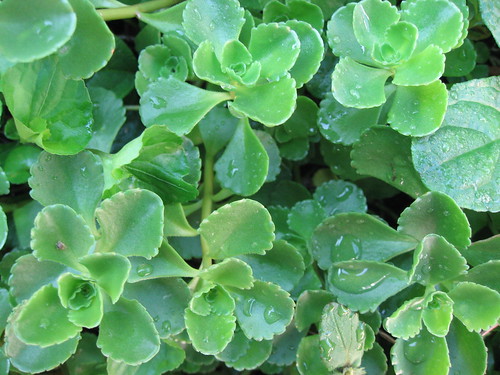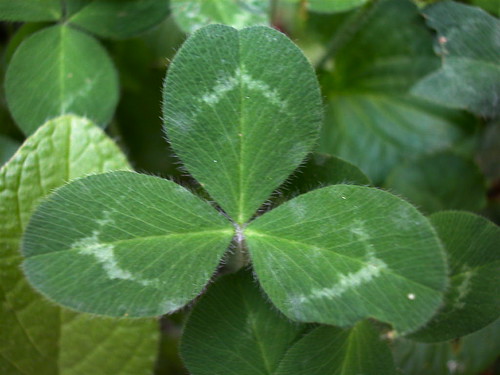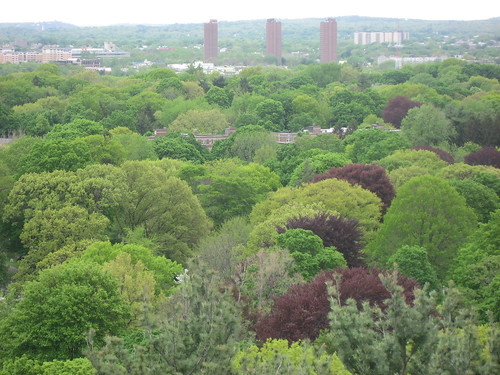
At BU and at the BAC I teach about leaf adaptations to the environment. One of the major adaptations of leaves is "hairiness," something we have all observed in plants. Leaf hairs (which may actually consist of a few elongated epidermal cells emerging from the surface), trap water vapor, protect the leaf from desiccation, shade the leaf, and discourage predators. We think about all these features but we tend to overlook the fact that leaf hairs increase the boundary layer of the leaf. Just like the trees, dead grasses, and random topographical features protect the ground in my garden, leaf hairs absorb the energy of the wind at the surface of the leaf. Hairs maintain the microclimate that surrounds the leaf, cutting wind that would dry the leaf, damaging leaf tissue, and threatening plant health.
I think it's amazing that we can look at questions like boundary layer at the micro scale or at a much larger scale. For example, I take my BAC students on a field trip to Mt. Auburn Cemetery in Cambridge. A highlight of the trip is climbing the tower, which provides us with an outstanding view of Boston and its environs.
Invariably, the wind at the top of the tower is strong, surprisingly so, even on a day when the air is still and hushed down at the ground level. Extend this idea to the phenomenon we've all experienced when flying. Next time you have access to a TV monitor at your seat, notice the wind speed. The wind at 30,000 feet may be going at hundreds of miles per hour, a real consideration when mapping out flight routes for commercial jets.
Plants figured out strategies for dealing with the boundary layer millions of years ago. Leaf hairs and bulbs are two examples.




No comments:
Post a Comment